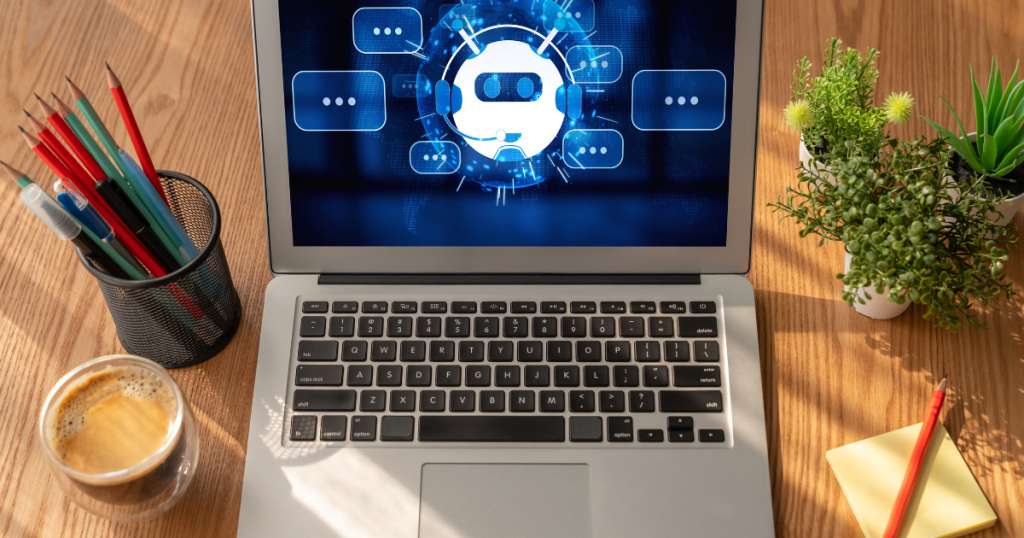- September 27, 2024
- FOXITBLOG
Artificial intelligence (AI) is rapidly transforming the business landscape, becoming a pivotal factor for success in enterprises worldwide. As more companies look to harness AI’s potential, CIOs and IT leaders must prioritize building an AI-ready workforce to remain competitive. Recent findings highlight that 56% of business leaders plan to utilize AI to enhance productivity, underscoring the urgency of preparing the workforce for AI integration.
Why AI Training is Critical for Enterprise Success
The swift adoption of AI tools in business processes brings with it the necessity for ongoing training and upskilling of employees. As the report points out, investing in training is crucial to unlocking the full productivity benefits of AI. Organizations risk facing disruptions and failing to capitalize on AI’s potential without a well-prepared workforce. For example, early adopters like Microsoft and Adobe have reported significant productivity improvements among employees using AI tools such as Copilot and Firefly. These tools automate routine tasks, allowing employees to focus on more creative and strategic activities, but only after they have been adequately trained.
Which Job Roles Benefit Most from AI Upskilling?
AI does not impact all job roles equally, making targeted upskilling essential. AI’s effectiveness varies based on the specific tasks and roles employees perform. For instance, customer support agents who have integrated Contact center agents successfully resolved 14% of chat-based customer inquiries per hour using genAI. A recent academic study found that, for the programming language Python, advanced programmers saw a 40% increase in task productivity while beginners saw a 52% increase. Code quality didn’t suffer and might have improved slightly, according to the study.

How to Implement Effective AI Training Programs
Implementing AI training programs requires more than one-off sessions; it requires a culture of continuous learning and hands-on experience. Best practices include integrating AI learning into daily workflows and establishing dynamic training processes that involve regular updates and feedback loops. For instance, creating a structured schedule for AI workshops, peer-to-peer learning sessions, and dedicated AI “office hours” can foster a deeper understanding and comfort with AI tools among employees.
Overcoming Challenges in AI Upskilling
AI upskilling is not without its challenges. One major obstacle is employee resistance to change, fueled by fears of job displacement. Nearly 39% of global employees fear losing their jobs to automation within the next decade. To mitigate this, companies must foster a culture of innovation, emphasizing AI’s role in augmenting rather than replacing human jobs. Transparent communication, coupled with demonstrating AI’s long-term benefits, can help alleviate concerns and encourage employees to embrace AI-driven changes.
How to Measure the Impact of AI Training on Workforce Productivity
To ensure the effectiveness of AI training programs, organizations need to establish clear metrics and key performance indicators (KPIs). Metrics such as the time taken to complete tasks, error rates, employee engagement scores, and overall job satisfaction levels provide tangible evidence of AI’s impact on productivity. Case studies from companies like Dentsu and Adobe, where employees using AI tools report higher productivity and job satisfaction, reinforce the value of tracking these outcomes over time.

Preparing Your Workforce for the Future
Investing in AI training and upskilling is no longer optional; it is a strategic necessity for companies that aim to thrive in the digital era. Organizations can create a robust, AI-ready workforce by understanding which roles benefit most from AI, implementing effective training programs, overcoming resistance to change, and measuring success. This approach not only enhances productivity but also secures a competitive edge in an evolving market.
To learn more about integrating AI into your workforce training initiatives, download the complete Forrester report “How to drive employee productivity with Generative AI”.
